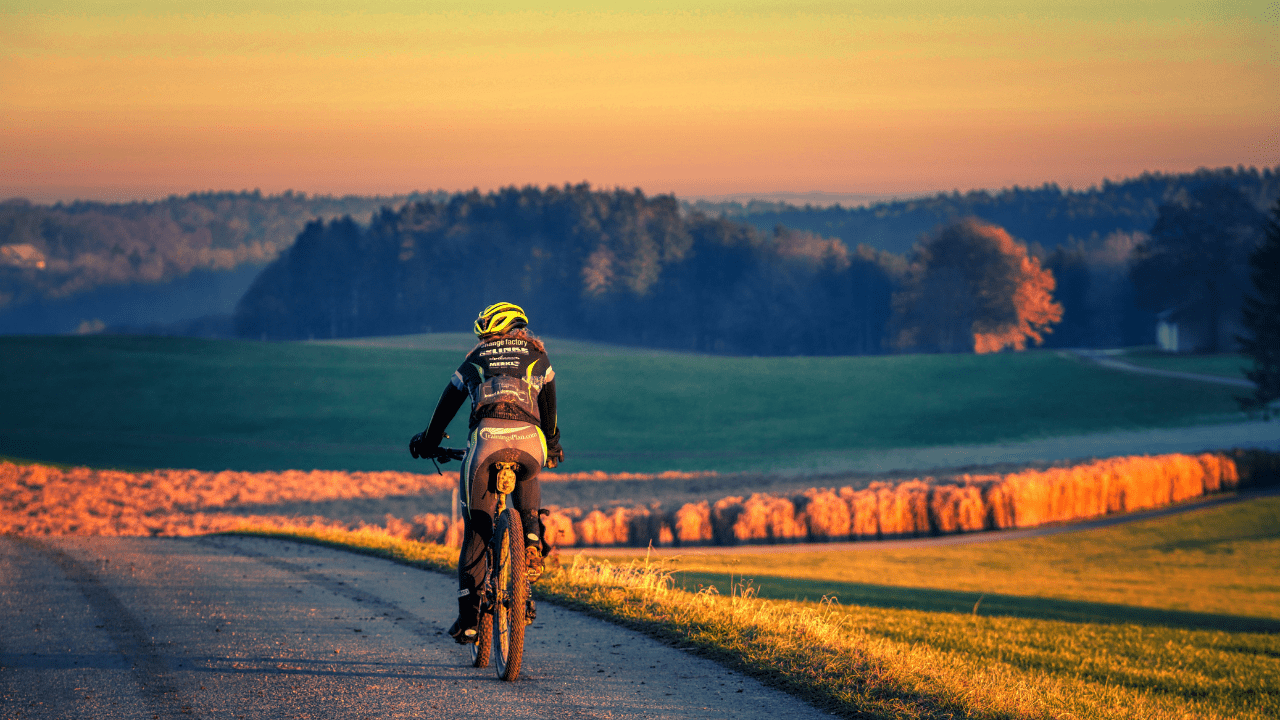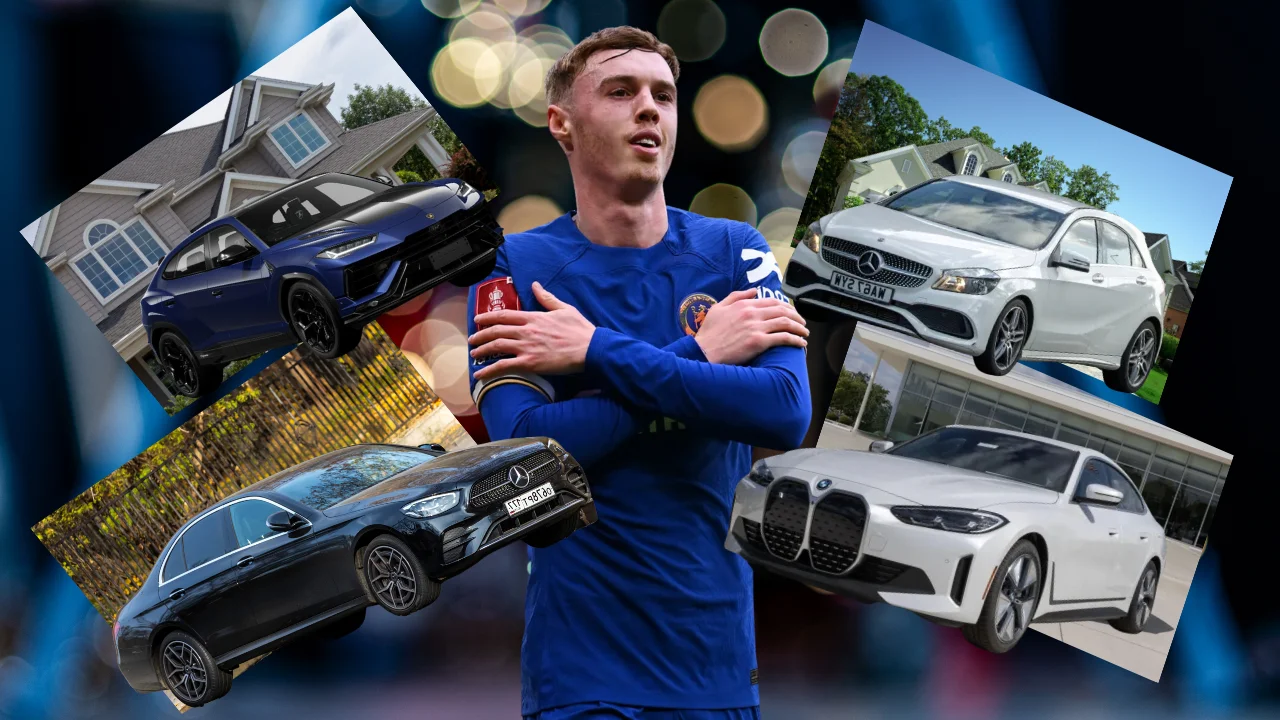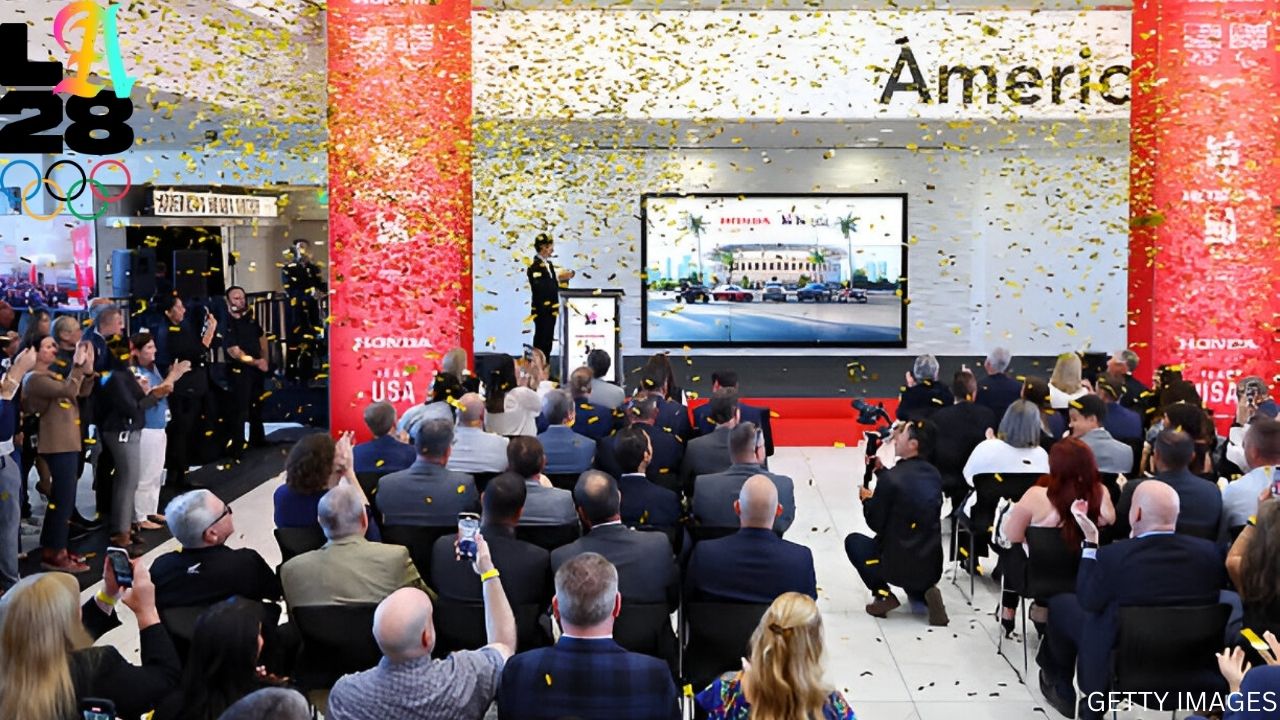These tips will help you become a better cyclist. We’ll tell you how to avoid the bonk, ride in a group, do sportive, and improve your cycling cadence.
There are many things you can do to make sure you do well on your rides, whether they are for training, for fun, or for a race.
Get over the slump
The “bonk” is what happens when your body runs out of glycogen and has to start burning fat to keep you going. This hit to your energy stores means you’ll hit the dreaded wall and feel tired, weak, and in need of a good rest.
To avoid the bonk, bring some snacks with you that will keep you fuelled up while you ride. Peanut butter on apple or celery sticks, cooked but cold jacket potato halves, and chunky cheese blocks are all good snacks for biking. A banana is a convenient snack, and the riper it is, the faster it gives you energy.
Ride at Your Optimum Cadence
If you want to improve your performance and reach your full potential, you need to figure out how to ride at your best cadence. When people say “cadence,” they are talking about how fast you pedal. Knowing your cadence, or how fast or slow you are pedalling, is important because it lets you adjust your speed to make sure you are riding smoothly and efficiently.
If you are just starting to ride a bike, try to pedal at 60 to 70 rpm.
So, what is your best rhythm? Well, the IDEA Health and Fitness Association says that professional elite cyclists can ride at 140 to 170 rpm (pedal revolutions per minute). If you’re not Bradley Wiggins, though, you shouldn’t try to match this rpm. Instead, you should try to pedal between 80 and 100 rpm. But if you are just starting out, you should try to pedal at 60 to 70 rpm.
There are tools that can help you figure out your rpm, or you can count how many times one of your legs turns in 15 seconds and then multiply that number by four to get your rpm.
Practice riding in a group
If you can ride with ease in a group, not only will your performance improve, but you’ll also be a much safer rider. To get better at group cycling, you should enter some races and get used to riding in groups. During the event, make sure you don’t brake hard and that your movements are smooth and predictable so that other riders can follow you. Talk to the people you’re with.
Usually, if other riders hear or see a car, they’ll let the group know, and you should do the same. You should also be aware of how the road changes, so stay alert and watch out for sharp turns, potholes, and other breaks.
Refuel
What do you do when a long ride is over? Do you clean your bike and then hop in the shower? You are making a big mistake if you do all of this without refuelling.
After working out, you need to eat enough to replace the nutrients you lost and help your body heal.
After working out, you need to eat enough to replace the nutrients you lost and help your body heal. Your body is very open to taking in nutrients right after a workout, so the sooner you do this, the better. Olympian Chris Hoy used to swear by protein shakes as a way to refuel because they were easier for him to digest than a big meal. Make sure you eat or drink soon after your next ride, and make sure that whatever you eat or drink has protein in it.
Events
You should not only do cycling events to test yourself, but you should also do different kinds of events. Trying out new rides will get you excited and work you in different ways. This will help you get better at riding overall. If you’re used to putting in a lot of miles in training, try entering an audax, which is a timed event where riders have to get from point A to point B using a map and their orienteering skills. If you’re used to going fast on solo rides, try training for a sportive, where getting around is often the main goal, not going as fast as possible.
On the other hand, if you’re taking cycling too seriously, try to add some fun back into your rides. Why not go on more social rides that stop at a few places? You could even bring a camera with you and pay more attention to what’s going on around you to change the focus of your rides.









Comments are closed.